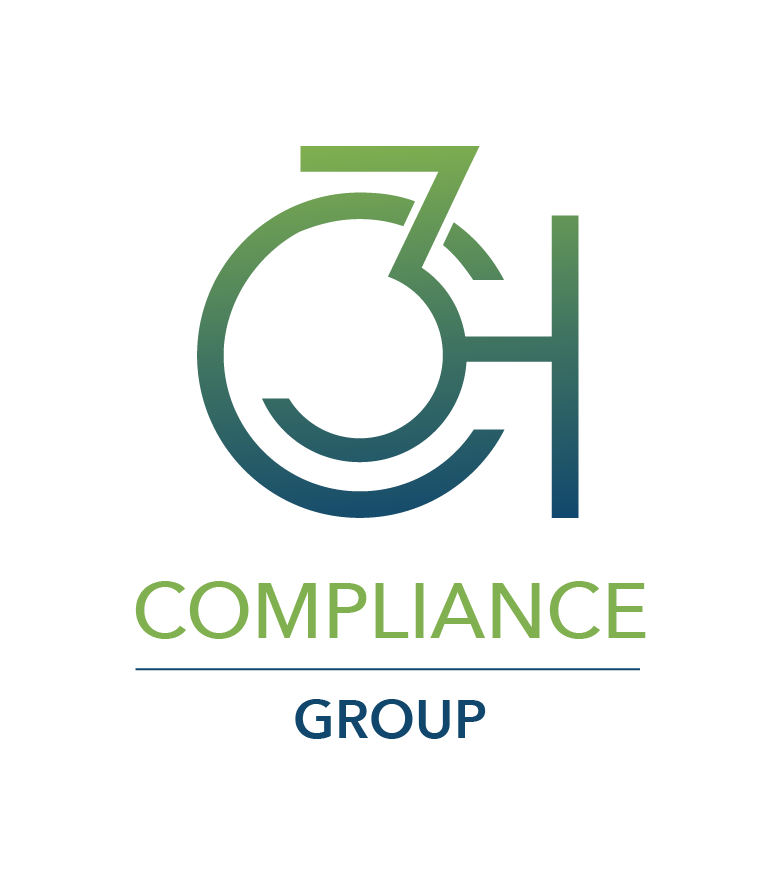The who, what, where, and how of selling insurance products has never been more vibrant or complex. As a result, it’s more difficult and more important than ever for insurance professionals across the industry – from carriers and managing general agents (MGAs) to agents, brokers, and underwriters – to understand the landscape and their role within it.
This article explores the various distribution models, key differences between the life, and property & casualty (P&C) insurance channels, regulatory considerations, and emerging trends shaping the future of insurance distribution.
What is Insurance Distribution?
In a nutshell, insurance distribution refers to the entire process of making insurance products available to consumers. It encompasses the strategies, methods, and intermediaries involved in creating, marketing, selling, and servicing insurance policies. Effective insurance distribution ensures that the right products reach the right customers through the most efficient channels.
What are Insurance Distribution Channels?
“Insurance Distribution Channels” describes the various methods and pathways through which insurance products reach consumers. Every policy ever sold reached the insured through one of the many insurance distribution channels. It is a crucial component of the insurance ecosystem – the distribution channels are literally the connection between insurance carriers, intermediaries, and policyholders.
What is an Insurance Channel?
An insurance channel is the specific route or method through which an insurance product is marketed and sold. There are six channels that capture most sales activity. Each has distinct advantages in terms of customer interaction, accessibility, and efficiency. For every insurance product, the effectiveness of the channels it is sold through directly impacts customer acquisition, policyholder engagement, and overall market penetration.
The 6 Key Insurance Distribution Channels
The insurance industry employs multiple distribution models to cater to diverse consumer needs and market dynamics. These include:
1. Traditional Agency Model
In this model, insurance agents represent a single insurer (captive agents) or multiple insurers (independent agents). Working on behalf of insurers, agents offer personalized advice, build long-term relationships, and assist clients in choosing suitable policies.
2. Broker-Based Distribution
Insurance brokers act as intermediaries between clients and insurers. Working on behalf of the insured they offer unbiased advice and access to multiple insurance products. Brokers are particularly common in commercial and complex insurance segments where policy customization is critical.
3. Managing General Agencies (MGAs)
Managing General Agencies (MGAs) serve as intermediaries between insurers and producers, offering specialized expertise, underwriting authority, and administrative services that benefit both. MGAs play a crucial role in expanding market reach for carriers and providing tailored insurance solutions to insureds, particularly, though not exclusively, in niche and specialty markets.
4. Bancassurance
Bancassurance involves partnerships between banks and insurers, enabling the sale of insurance products through bank branches, online banking platforms, and financial advisors. This model benefits from the existing customer base and trust established by financial institutions.
5. Direct-to-Consumer (D2C) Model
In the D2C model, insurers sell policies directly to consumers via online platforms, mobile apps, and call centers. With no intermediaries between the carrier and the insured, this model gives the carrier complete control over how the product is marketed and sold. D2C has great appeal to the rapidly expanding cohort of younger and tech-savvy customers who prefer self-service options.
6. Emerging Digital Channels
Newly emerging distribution channels leverage technology, including insurtech platforms, mobile apps, and artificial intelligence-driven solutions, to streamline policy sales and customer interactions. These channels provide real-time quotes, automated underwriting, and seamless claims processing. This model is cost-effective, and as with D2C, appeals to younger, tech-savvy consumers.
Comparing Distribution Channels: Life Insurance vs. P&C Insurance
An effective way to highlight the difference and importance of insurance channels
is through a high-level comparison between the channels for life insurance vs. property and casualty insurance products. Their respective distribution channels vary significantly due to differences in product complexity, customer needs, and regulatory frameworks.
Life Insurance Distribution Channels
Life insurance distribution primarily relies on agents, financial advisors, and bancassurance partnerships. Since life insurance products involve long-term financial planning, advisory-based sales play a significant role. Licensing and regulatory requirements tend to be stringent due to the financial implications of life policies.
P&C Insurance Distribution Channels
Property & casualty (P&C) insurance distribution involves a broader mix of agents, brokers, direct sales, and digital platforms. P&C products, including auto, home, and commercial insurance, are often transactional and require efficient processing and claims handling. Digitalization is significantly transforming P&C distribution by enabling faster quotes and automated underwriting.
The Benefits of Effective Insurance Distribution Management
A well-managed insurance distribution strategy enhances customer satisfaction, drives sales, and improves the bottom line. Today, leading companies leverage technology to optimize workflows, reduce administrative burdens, and boost agent productivity. For example:
- Automation tools can handle policy renewals, freeing up agents to focus on high-value client interactions.
- Insurance distribution management software can flag producers that are not properly licensed and appointed to minimize regulatory risks.
- CRM solutions can automate and personalize customer communications to increase engagement
Ultimately, effective management improves efficiency, reduces costs, and increases profitability.
The Importance of Licensing & Compliance for Effective Insurance Distribution Management
As distribution channels expand in size and complexity so too do the challenges of ensuring all parties are properly licensed and compliant with all applicable laws, regulations, codes and rules.
Key regulatory compliance considerations include:
- Agent and Broker Licensing: Carriers and MGAs must ensure that agents and brokers always meet state licensing requirements.
- Compliance with Financial Regulations: Insurers must adhere to solvency regulations, anti-money laundering (AML) laws, and consumer protection standards.
- Cross-Border Regulations: International insurance distribution must comply with diverse regulatory frameworks governing foreign market operations.
State-of-the-art insurance distribution management software is essential to a modern distribution management program. From tracking the license and LOA status of distribution partners, to applying for and renewing licenses for carrier and MGA employees, these platforms form the backbone of modern insurance compliance operations.
Trends and Future Outlook in Insurance Distribution
Several key trends are shaping the future of insurance distribution. Expect to see and read more about these trends and for their impact on your organization’s role in the insurance ecosystem to increase:
- Digitalization: The shift toward online platforms, chatbots, and AI-driven advisory services is transforming customer interactions.
- Embedded Insurance: Insurers are partnering with e-commerce platforms, ride-sharing services, and fintech firms to offer seamless policy integration.
- Usage-Based Insurance (UBI): Telematics and IoT (internet of things) devices are enabling dynamic pricing models for auto and home insurance policies.
- Regulatory Adaptations: As digital distribution evolves, regulators are refining frameworks to ensure consumer protection and data privacy.
Navigating the Future of Insurance Distribution
Insurance distribution – the places and ways insurance products are bought and sold – has never been more vibrant or complex. Insurance carriers and MGAs must continuously evaluate their distribution strategies to remain competitive in an evolving marketplace. Staying ahead requires proactive adaptation of technology across the organization – from customer service to sales, and regulatory compliance.
3H Compliance Group supports carriers and MGAs with a variety of licensing, compliance, business formation and policy and tax filing services. If you’d like to discuss how we can support your organization, please feel free to contact us. We’d be delighted to help.

